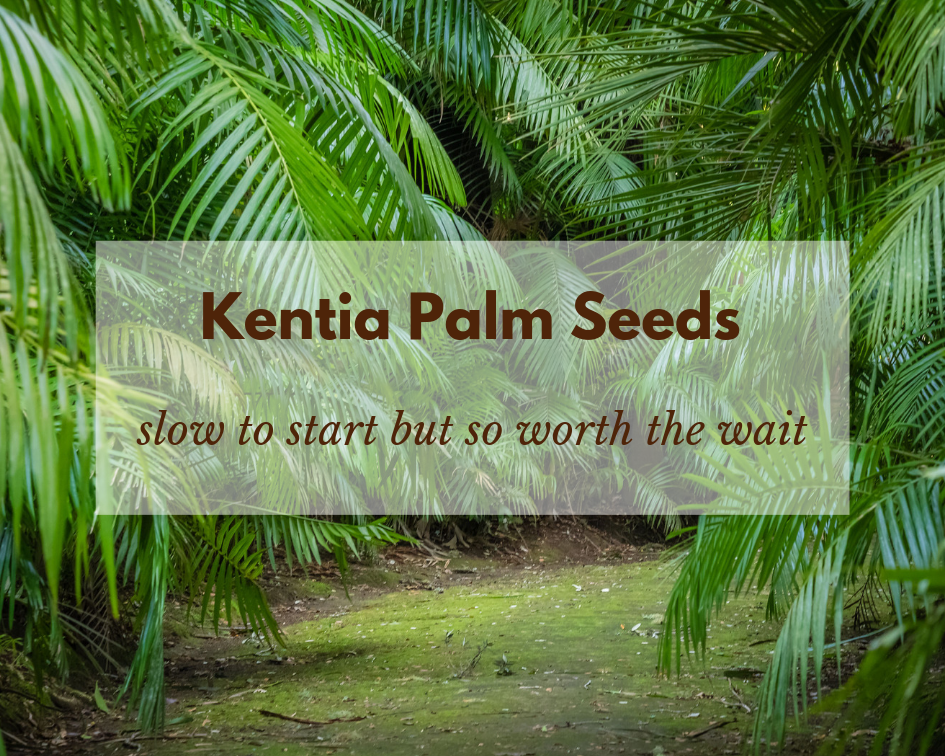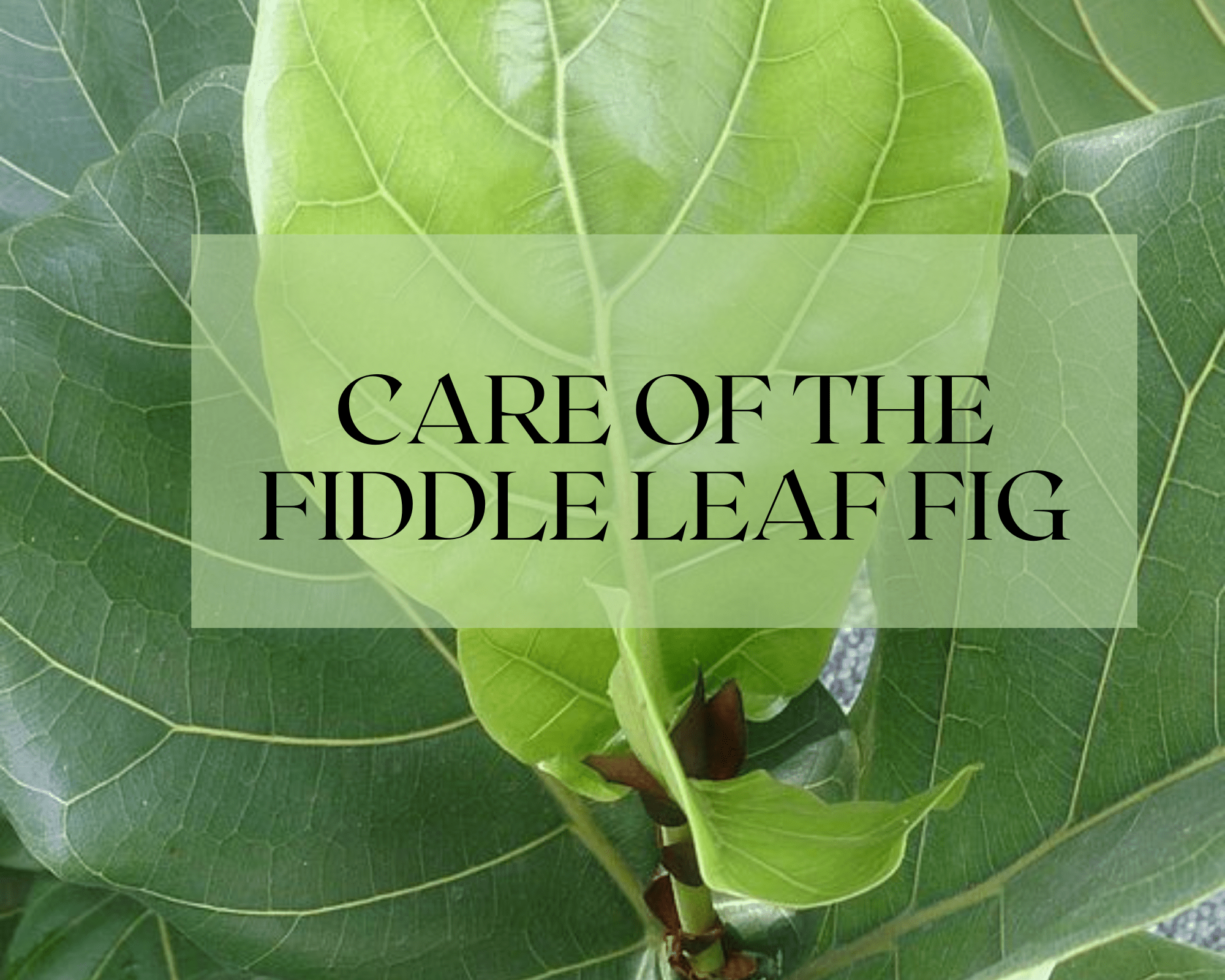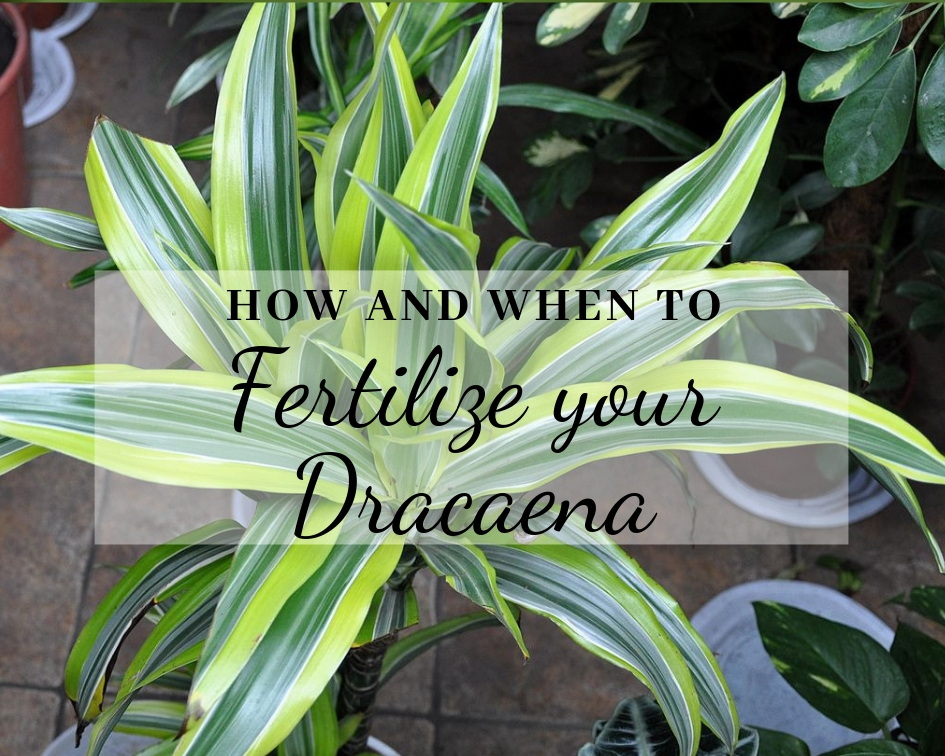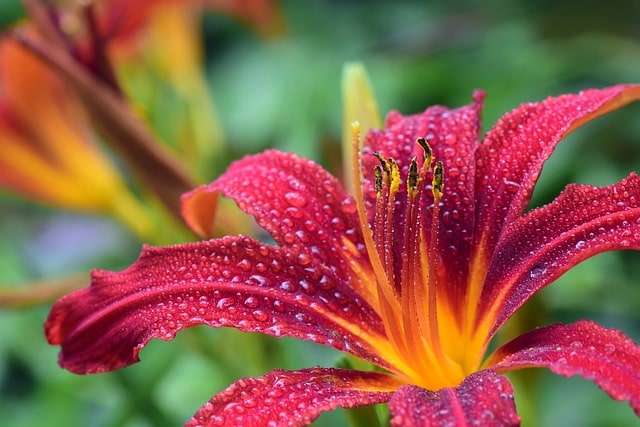This post may contain affiliate links. As an Amazon Associate we earn from qualifying purchases.
There is an island in the Tasman Sea, 500 miles off the coast of New South Wales, Australia known as Lord Howe Island. Although it is less than 7 miles long and 2 miles across at its widest point, the United Nations has deemed it a World Heritage Site.
It is on this island that the Kentia palm (Howea forsteriana) was born. Kentias are distinguished from other palms by their single, slender trunk. They can grow 10 to 20 feet in height.
Although hardy outdoors in zones 9b through 11 on the USDA Plant Hardiness Zone Map, the Kentia makes a fine houseplant, tolerating low light and drought.
Kentia palm seeds are slow to germinate — from 3 months (the average) to 3 years, in some cases, so don’t lose patience if the seed doesn’t sprout right away.
What you’ll need for germination of kentia palm seeds
- Fine sand paper
- Small bowl
- Water
- Paper towel
- Fungicide powder
- Small nursery pot
- Perlite
- Coco coir
- Heat mat
- Grow light
- Clear plastic (such as plastic wrap or a produce bag)
- Compost
- Fertilizer
See the Resources section at the end of this post for where to buy these items.
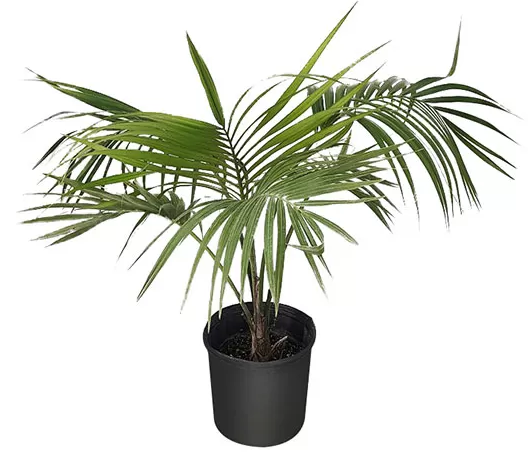
Pre-plant treatment of the Kentia palm seed
Although germination of Kentia palm seed doesn’t require scarification (invading the seed coat to make it more permeable to water), the process helps speed up germination.
This is where the sandpaper comes in. Typically, you’ll rub the seed between two pieces of fine sand paper (#180 to #220 grit.) Scarify the seed just enough so that a bit of white shows. Don’t sand it down too far.
I find the sandpaper process awkward, especially with small seeds.
So, being the “girl” that I am, I use a nail file. I have far more control over the process than I did by trying to rub the seed between two pieces of sandpaper.
Like most things in my life, I order mine from Amazon (you can find it here) but nail files are readily available at a number of online and in brick and mortar stores. Just make sure you’re getting the proper grit or you’ll wreck your seed.
Place the seed in a bowl of water and soak it for three days, changing the water daily. When the three days are up, remove the seed and set it on a paper towel to dry.
When it’s completely dry, dust it with fungicide powder (see the resources at the end of this post). You can either pour a dime-sized amount of powder onto a clean paper towel and roll the seed in in, or use a small paintbrush to dust it on.
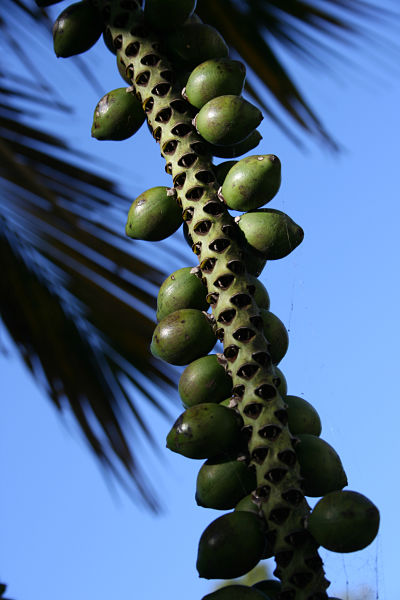
Sowing the Seed
Fill a small nursery pot or other container (with holes in the bottom for drainage) with a mixture of coco coir and perlite. If you’ll be planting more than one Kentia palm seed, use an 8-inch pot (suitable for planting 8 to 10 Kentia seeds).
Coco coir is typically sold in brick form and it requires pre-moistening, so you may want to get this part of the process started while the Kentia palm seed is soaking.
If you’ve never used coco coir before, head on over to Rob Bob’s Aquaponics and Backyard Farm YouTube channel for a quick lesson – he’s come up with a brilliant moistening solution.
Ok, back to the pot. When it’s filled with your desired planting medium, wait until most of the moisture had drained before planting the Kentia palm seed. If the mix is too moist, the seed may rot. Ensure it’s slightly moist and not soggy.
Push the Kentia palm seed until it’s buried a depth equal to the seed’s width.

Care during germination
Kentia palm seeds, unlike many other species, don’t require high heat to germinate. If the area in which you are germinating the seed is chilly, a bit of bottom heat may help speed things along. Place the potted seed on a heat mat, set to 65 degrees Fahrenheit.
Consider using a grow light as well, held as close to the soil as possible and run for at least 8 to 10 hours per day.
If you’re new to seed propagation and will be purchasing or building your own grow light system, avoid halogen or incandescent lights and head straight for the LED or fluorescent lights. We use T8 fixtures and fluorescent tubes. Again, check out the Resources section at the end of this post.
Keep an eye on the planting mix while the Kentia palm seed germinates. If it appears to be drying beyond the “slightly moist” stage, either spray the top of the soil with water or bottom water the soil (place the pot in a larger container, fill the larger container with water until it reaches halfway up the side of the smaller pot. When the top of the soil is wet, remove the small pot and allow it to drain completely.
You might also consider covering the pot with clear plastic and sealing it tightly to create a mini greenhouse. This not only helps the planting mix conserve moisture but helps to regulate the mix’s temperature as well.
When the Kentia palm tree seed sprouts, turn off the heating pad and either raise the lights until they mimic bright but indirect sun, or place the pot in a location in the home where it receives that type of light.
 Planting your Kentia palm seedling
Planting your Kentia palm seedling
If you plan on growing the Kentia palm indoors, continue to keep the seedling in an area that is out of direct sun. The amount of light to provide the plant is that which you would use to read by, according to Chuck McLendon with Floridata.com.
Since the Kentia palm is such a slow grower and requires protection from the sun and heat while growing, you may not be able to plant it outdoors for several seasons.
When you do transplant it into the landscape, choose a spot that is partially shady or shady and amend the soil with compost to give the Kentia a strong start.
Remember that even though you don’t see anything happening above the soil, the Kentia palm seed is busy beneath the soil, producing first a cotyledonary petiole that will grow down into the soil and then form roots.
Ongoing care of the Kentia palm
As the Kentia palm grows (verrrrry slowly, I might add), keep it in an area that receives bright, indirect light and avoid the urge to overwater it. Let the soil dry slightly before watering.
In the spring of its second year, apply a fertilizer at half strength. We use PalmGain, but there are other palm fertilizers on the market as well.
If you’d like to learn more about the Kentia palm, or palms in general, I highly recommend “The Encyclopedia of Palms,” by Paul Craft, Robert Lee Riffle and Scott Zona. It’s available here at Amazon.com.
If all of this sounds like too much of a bother, or you can’t wait up to a year for your seeds to sprout, consider buying a potted Kentia palm online. RealPalmTrees.com sells both small and medium Kentia palms. Find them here.
Resources
Fine sandpaper (we use nail files, like these at Amazon)
Kentia palm seeds (buy seeds online at Amazon.com
Fungicide powder (Bonide makes an excellent sulfur product. Buy it here)
Perlite (available at Lowe’s and Home Depot most of the year, or buy online at Amazon.com)
Seedling heat mat – buy one here
Grow light. Buy these very cool LED grow lights at BootStrapFarmer.com or fluorescents, like ours, at Amazon.com. The 2’ tubes are here. If you need an entire grow light setup you can find a sturdy yet inexpensive unit at the Bootstrap Farmer site, here, and at Amazon.
Fertilizer – we use PALMGAIN for ours.
